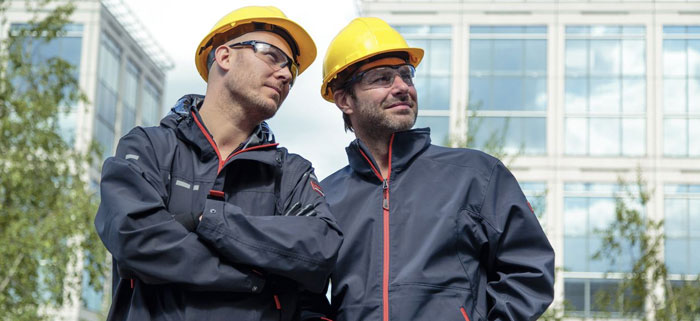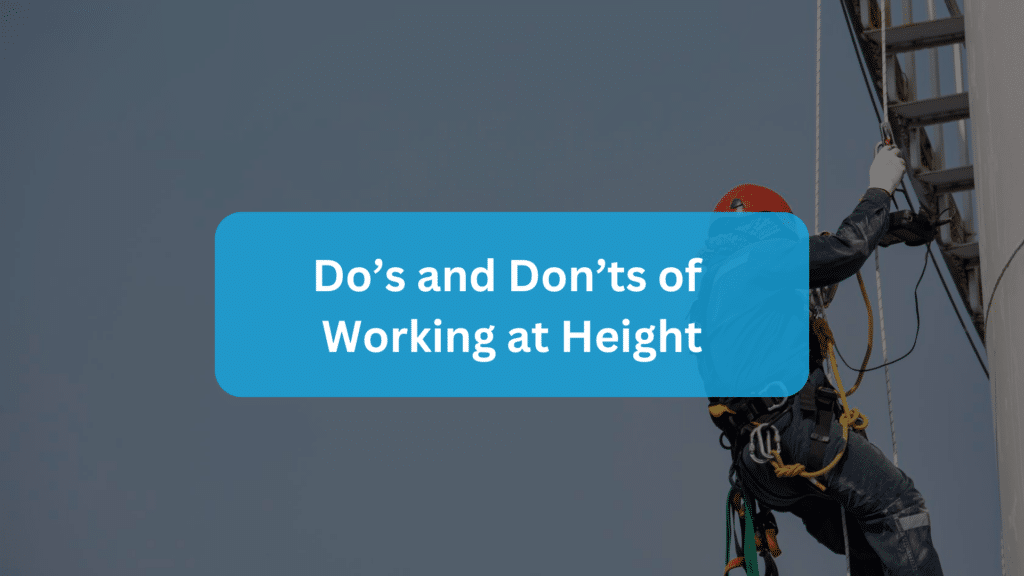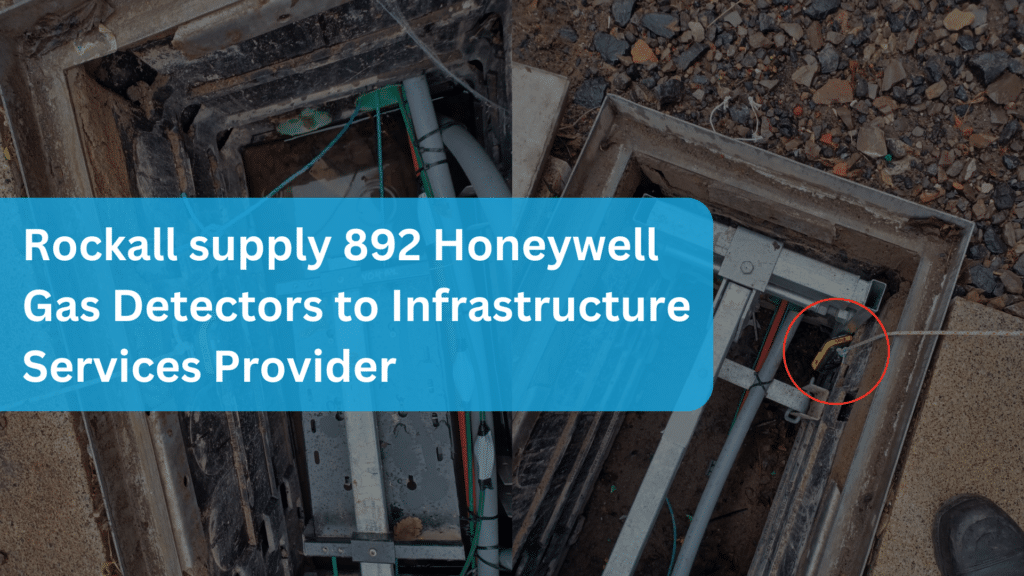
Working Safely in Confined Spaces
Working in confined spaces presents significant safety challenges. However, by taking the right precautions, you can minimise these risks and ensure worker safety. This blog post will guide you through the key aspects of working safely in confined spaces.
What are Confined Spaces?
The Health and Safety Executive (HSE) defines a confined space as “a place which is substantially enclosed (though not always entirely), and where serious injury can occur from hazardous substances or conditions within the space or nearby (e.g. lack of oxygen)”. Think of places like mines, cellars, silos, sewers, drains, tanks, water towers, manholes, and access shafts. Essentially, any area with limited entry and exit points can be considered a confined space.
Understanding the Hazards
Confined spaces can harbour a variety of dangers, including:
- Toxic gases: These can be present naturally or result from work processes.
- Oxygen deficiency: This can lead to unconsciousness and death.
- Oxygen enrichment: This creates a serious fire and explosion risk.
- Flammable atmosphere: The presence of flammable gases or dust can lead to explosions.
- Excessive heat: High temperatures can cause heatstroke and other health problems.
- Flowing liquids: These can engulf or drown workers.
Fortunately, these hazards can be monitored to protect workers within the confined space.
Legal Requirements for Confined Space Entry
Several legal requirements govern confined space entry. These, available on the HSE website, include:
Confined space work must only be carried out if absolutely necessary.
Risk assessments must be completed before work begins.
A safe system of work must be in place.
All workers entering confined spaces must receive appropriate training, equipment, and instructions.
Assessing the Risks of Confined Spaces
Once you’ve determined that the work is essential, the first step is to thoroughly assess the confined space. This involves identifying potential hazards, such as toxic gases, oxygen deficiency, flammable substances, and structural instability. Additionally, it’s crucial to consider hazards outside the space that could impact workers inside.
Furthermore, the risk assessment should address other factors like lighting, communication methods, and any specialised equipment needed for the task (e.g., bulky welding tools). These factors influence the operation and must be evaluated to ensure worker safety.
Training and Equipment: Essential for Safety
Following the risk assessment, workers must receive the appropriate training and equipment. This includes emergency escape plan training before entering the confined space. Workers should be equipped with the necessary gas monitors, body protection, fall arrest systems, and breathing apparatus, as determined by the risk assessment. Comprehensive training on how to use all equipment is mandatory.
Specialised Equipment for Confined Spaces
Confined space kits often include tripods and fall arrest equipment to facilitate safe entry and work in difficult-to-access areas. Fall protection may be necessary just for access or for the entire operation, depending on the height risks identified in the assessment. Safety harnesses, lifelines, and lanyards may be required. Again, proper training on all equipment is vital.
Gas Detection and Monitoring
If toxic gases or unsafe oxygen levels are a concern, gas detectors are important for all workers in the confined spaces. Workers must receive thorough training on using these devices, and they must be worn continuously throughout the operation.
Emergency Preparedness: Stretchers and Rescue Plans
Finally, it’s crucial to have stretchers readily available for emergency evacuations. A purpose-designed confined space stretcher allows for the quick and safe removal of an injured worker from the hazardous environment.
Confined Space Training: Investing in Safety
Providing employees with comprehensive confined space training is an investment in their safety. It ensures they have the knowledge and skills to minimise risks and respond effectively in emergencies. Rockall Safety offers a range of confined space training courses, which you can find here.
Revised by Emma Curthoys (18/02/2025)







